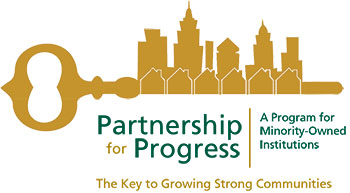
1987Eloise Cobell
Elouise Cobell never planned to be a banker. Living on her 1,000-acre ranch with her husband, she found contentment working as treasurer of the 15,000 member Blackfeet tribe. Then the town of Browning, Montana, was left without a bank, forcing the people to travel 130 miles over mountainous terrain to the nearest bank in Great Falls, MN. Cobell petitioned to have the bank-branching laws changed, but the response was slow in coming. She tried to convince other banks to establish a new bank in Browning, but they viewed the issues surrounding tribal sovereignty difficult to navigate. Eventually she realized that her only choice was to start a bank herself. Pioneering the opening of the first national bank on a reservation proved to be time-consuming and complicated. Educating tribal members about the benefits of long-term investments was crucial to her success. Her perseverance paid off when the Blackfeet National Bank opened in 1987 with $1 million of the tribe's capital. The town's economic climate improved with the opening of many Indian-owned businesses. The word spread about the bank's success, and other tribes sought advice about opening a bank. Instead, Cobell negotiated with a group of 11 tribes, who eventually purchased Blackfeet National Bank. They formed the Native American Bank, the first multi-tribe-owned national bank. In 2007 the bank, which boasts assets of $86 million, is now owned by more than two dozen tribes. The bank has developed expertise in lending to Native Americans and has encouraged economic development throughout many Indian communities. In 1997 Cobell received a John D. and Catherine T. MacArthur Foundation's "genius grant," given to those who "show exceptional merit and promise for continued and enhanced creative work." According to the foundation's website, "the fellowship is not a reward for past accomplishment, but rather an investment in a person's originality, insight, and potential." Elouise Cobell is a person of great stamina and is dedicated to aiding Native American business people facing unique challenges. Sources
|
